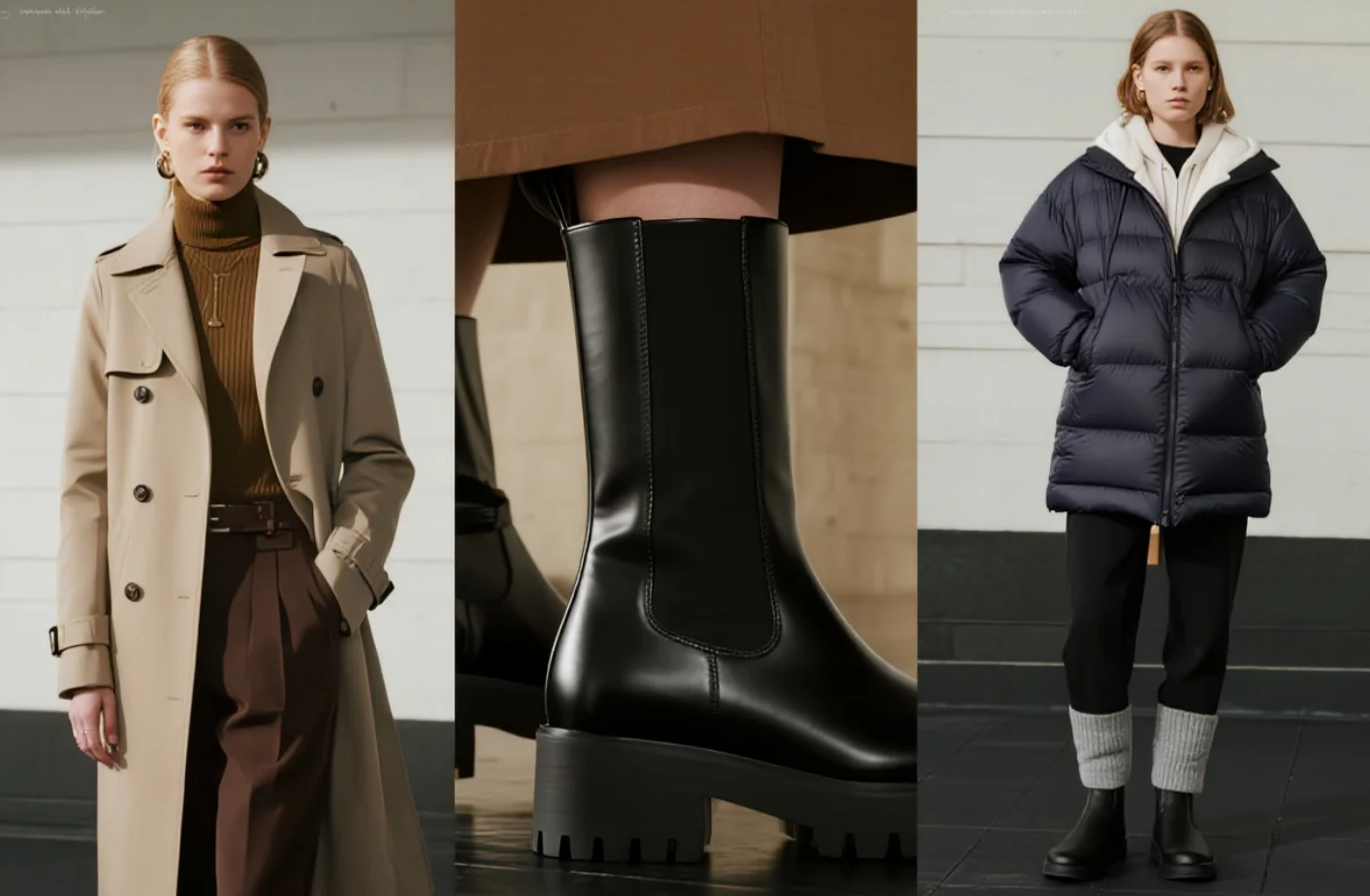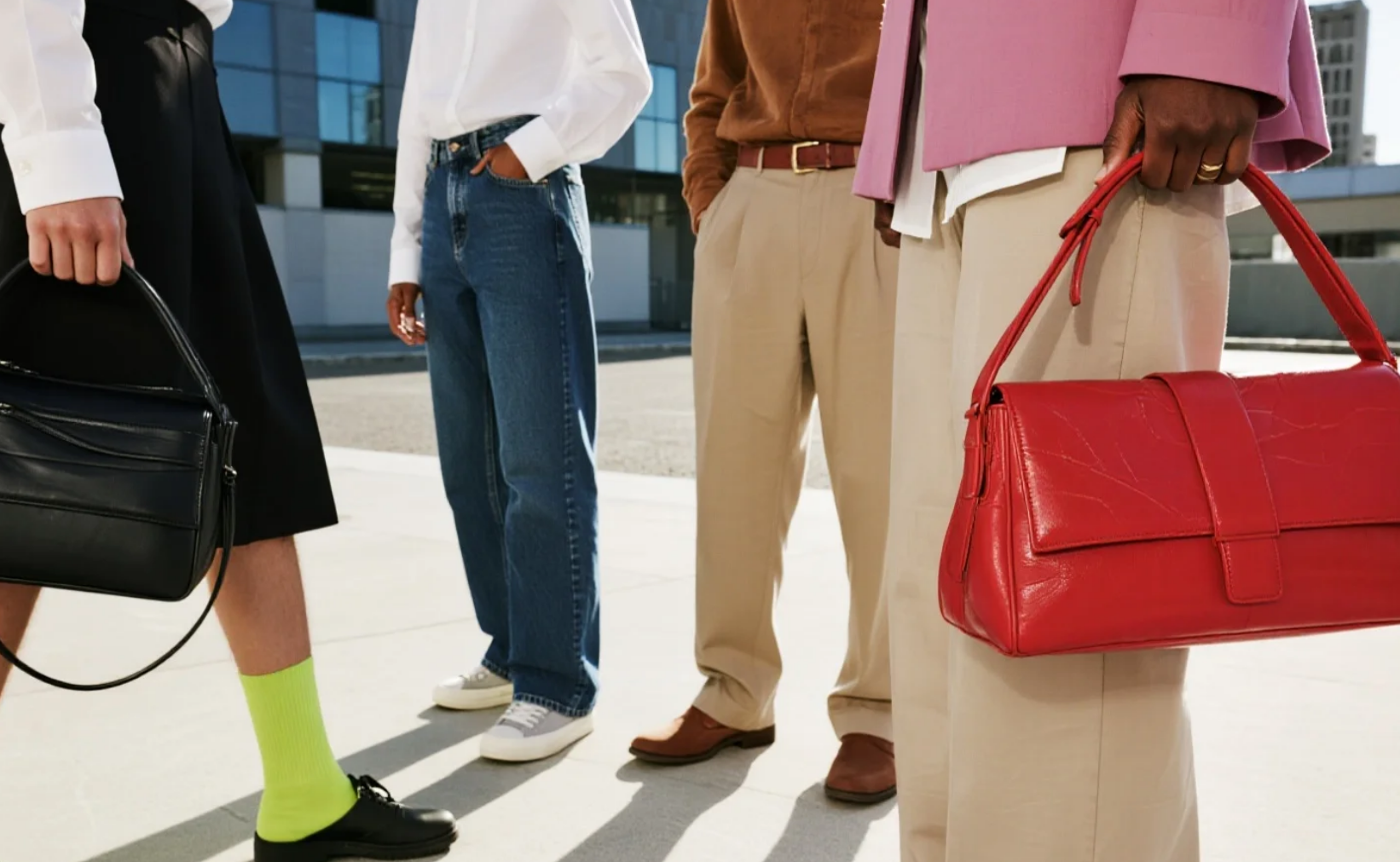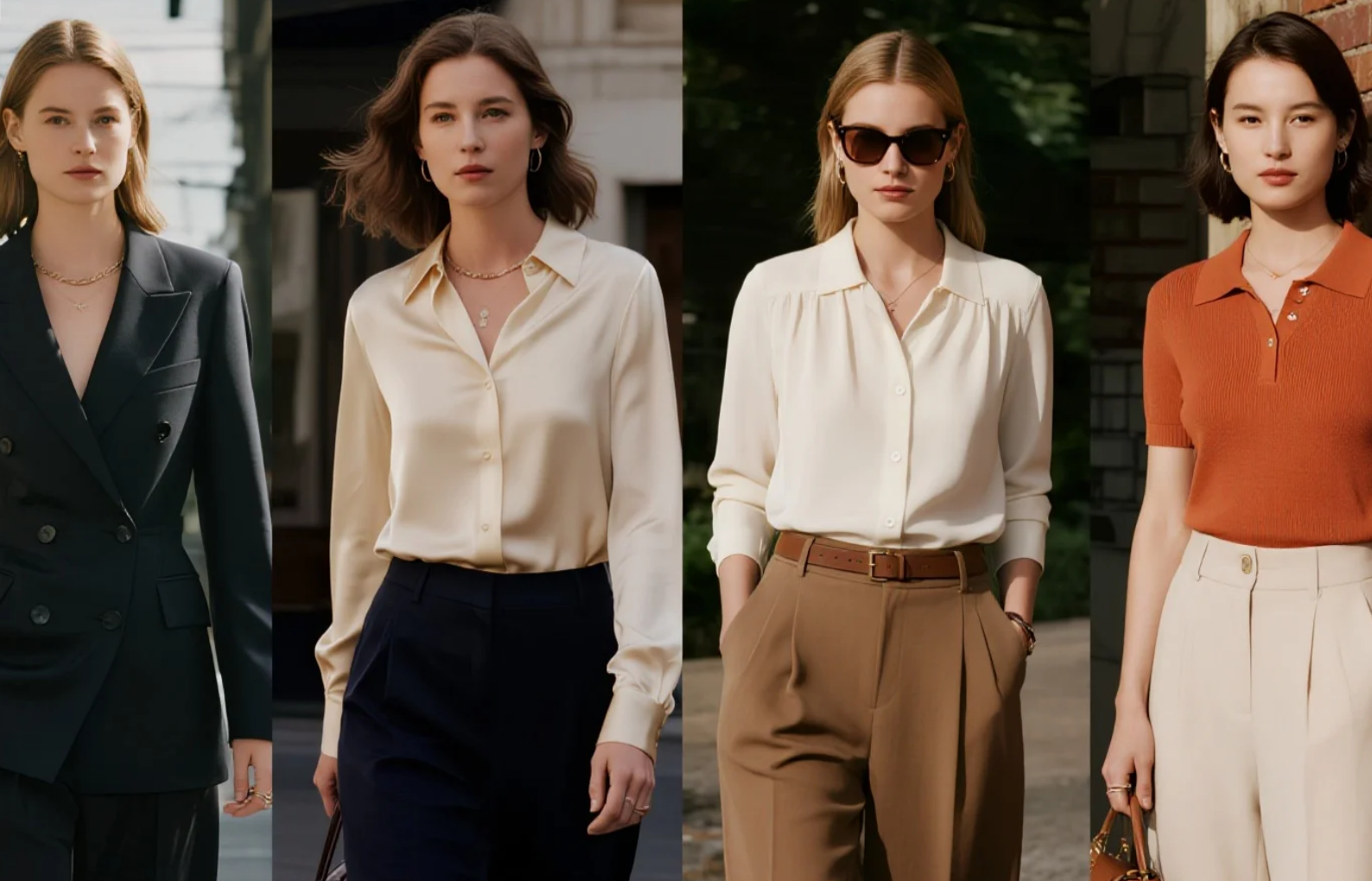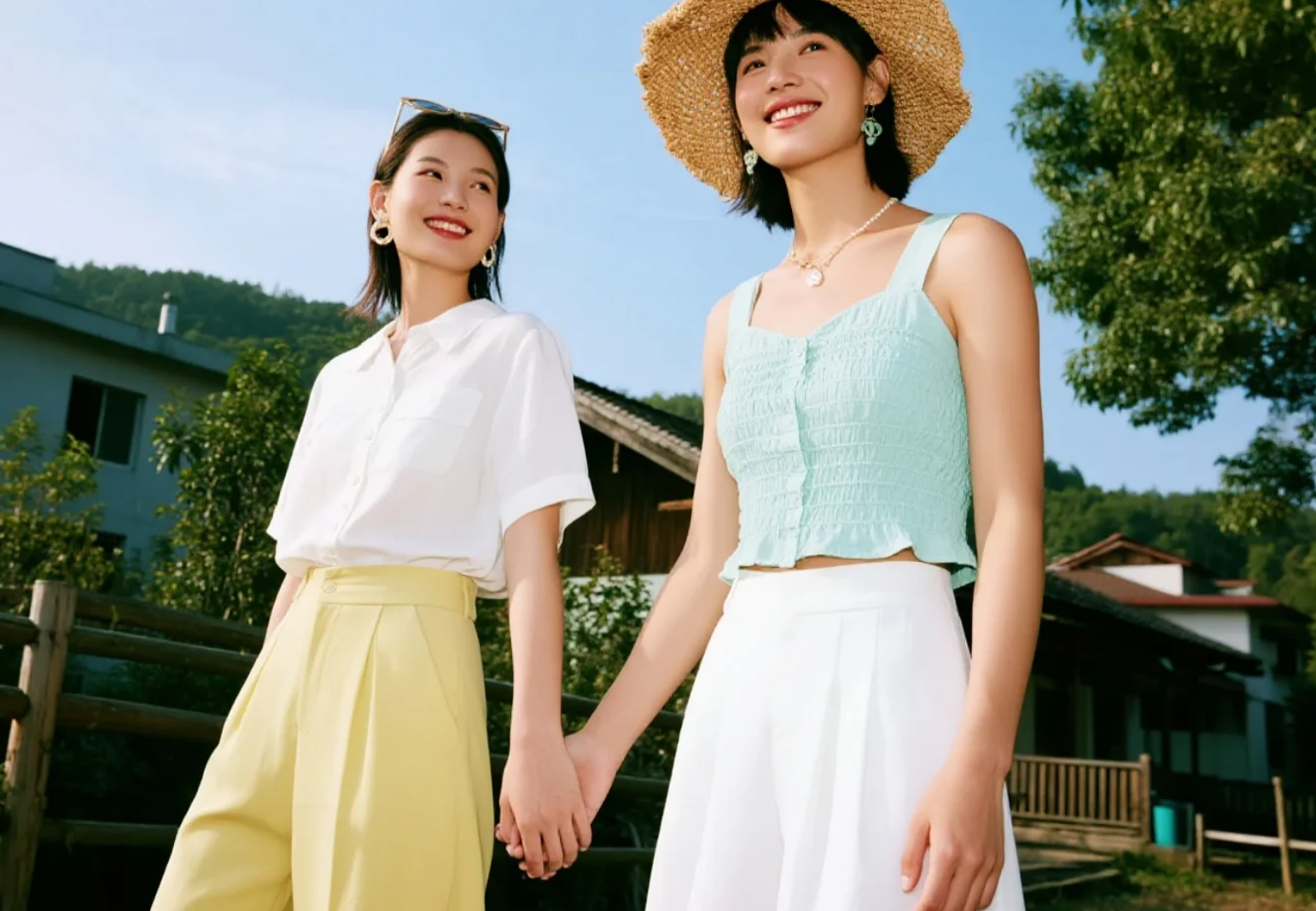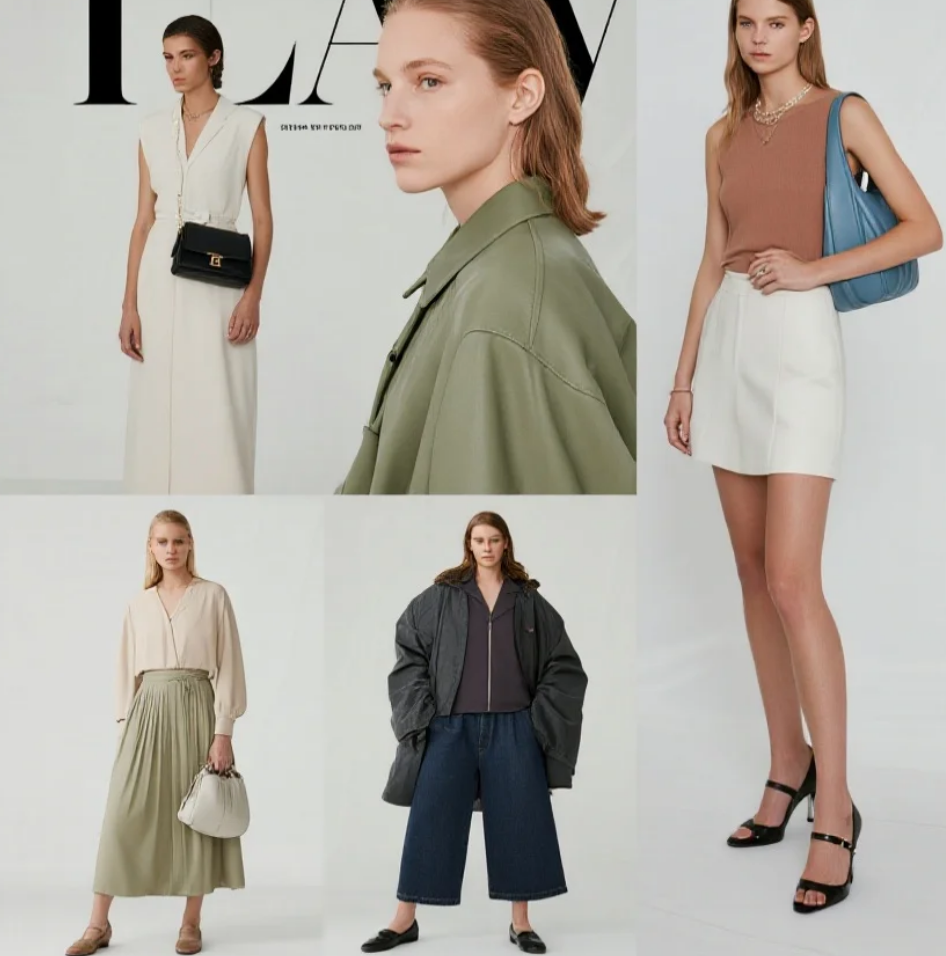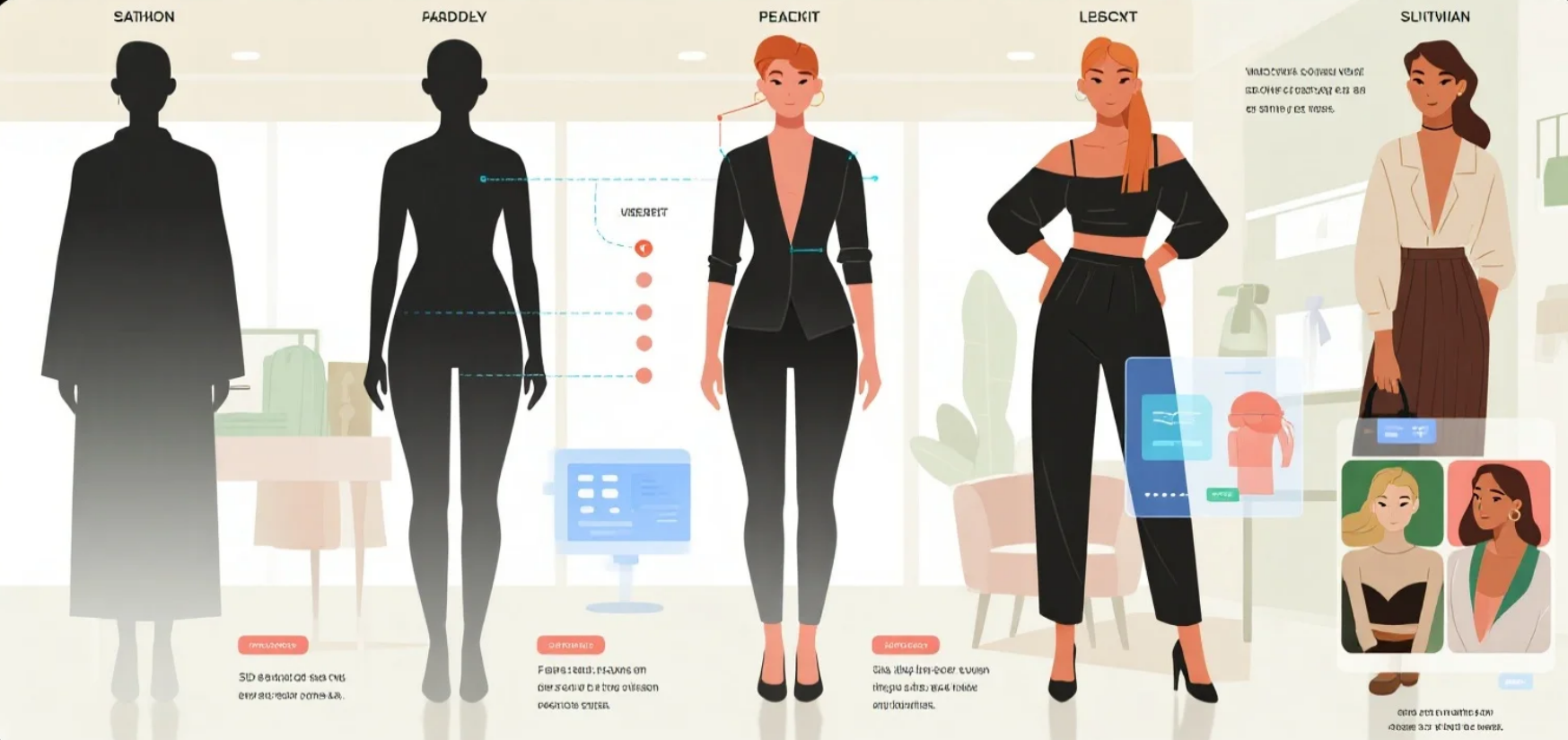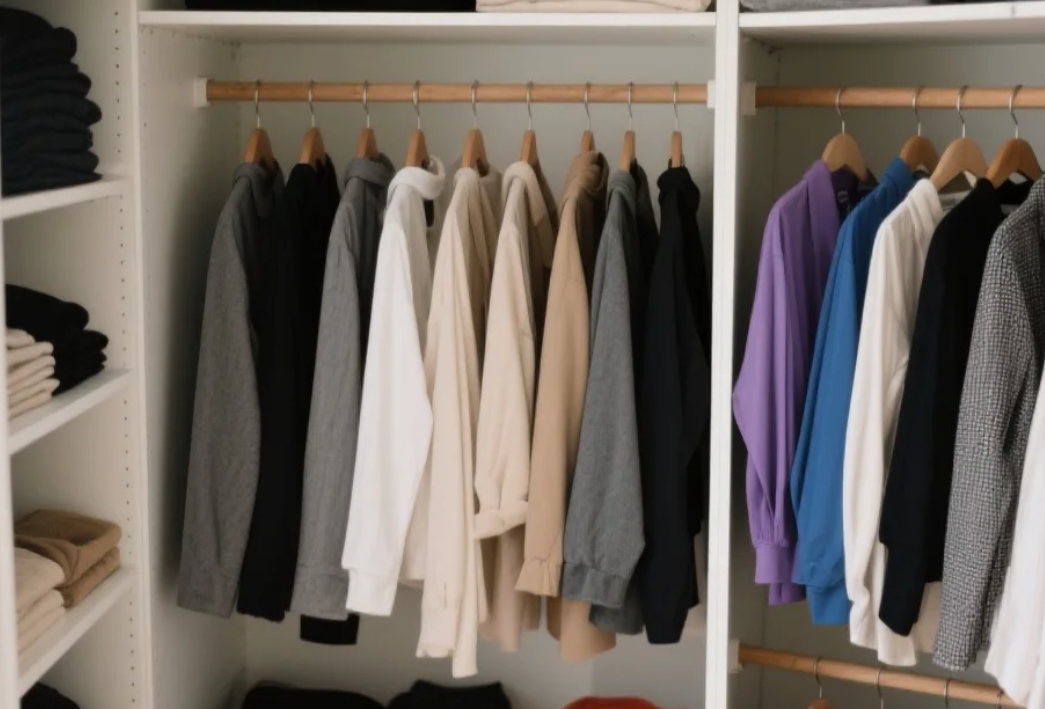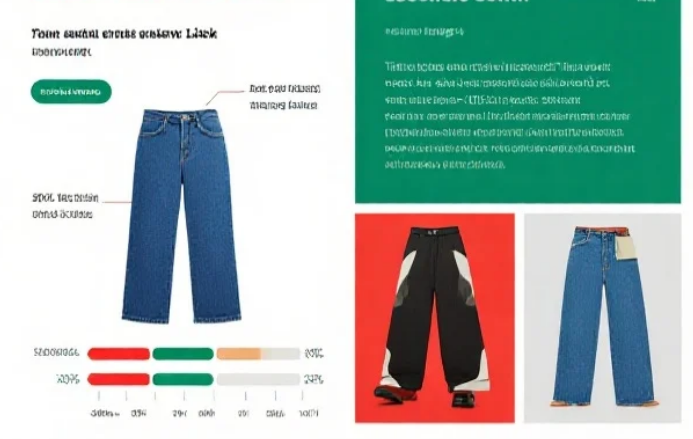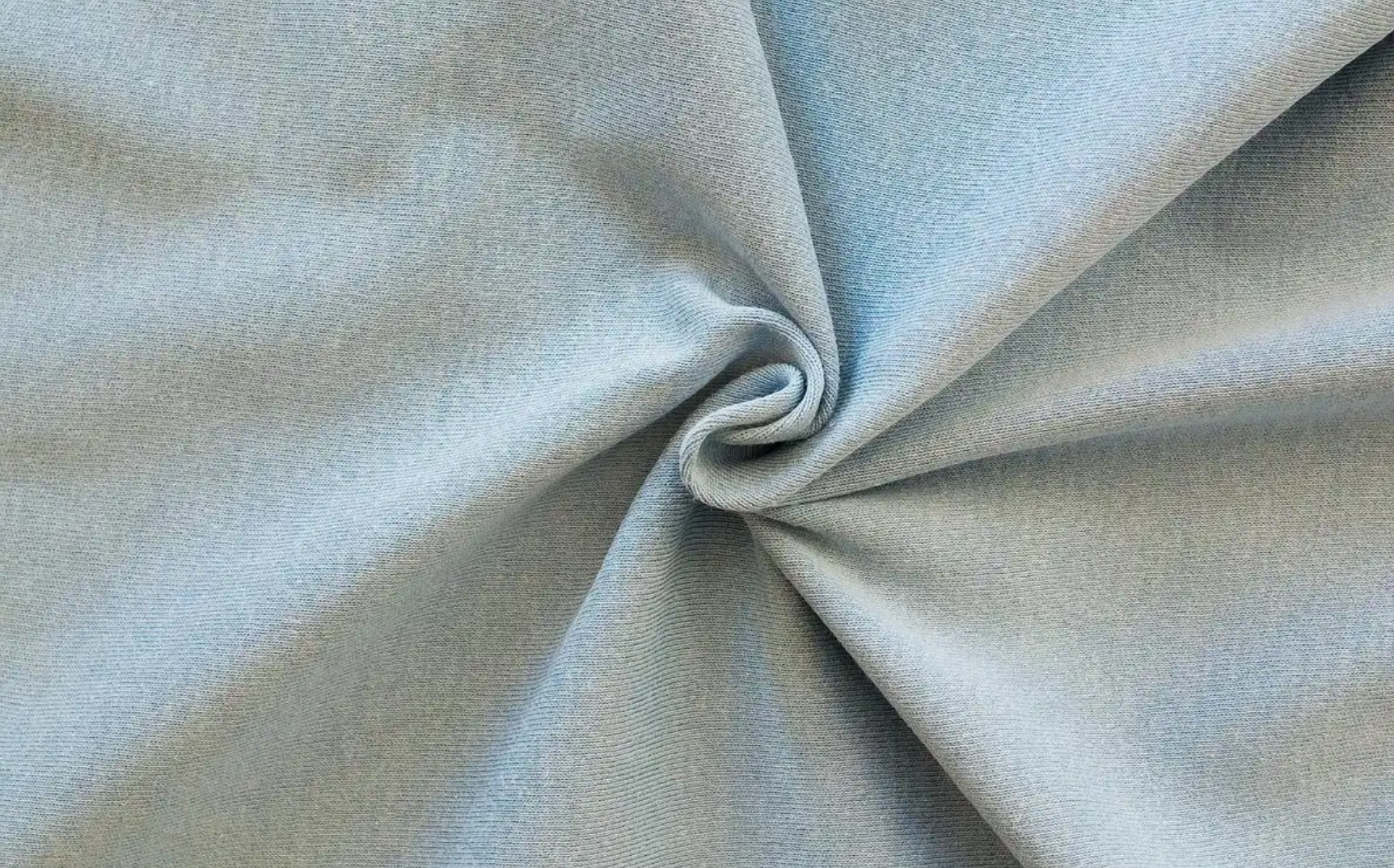The Logic Behind Fashion Trends: How Do Brands Define Popularity?
Fashion trends may seem fleeting and unpredictable, but they actually operate under a sophisticated mechanism. From catwalks to streetwear, from luxury goods to fast-moving consumer goods, the rise and fall of every trend isn't accidental; it's the product of the combined influence of brands, designers, consumers, and the spirit of the times. Understanding this mechanism not only allows us to view the fashion industry more rationally but also helps us maintain independent aesthetic judgment in an era of information overload.
Fashion trends often stem from a deep understanding of social culture. Brand designers, like astute sociologists, constantly capture the pulse of global culture—shifting economic trends, the impact of technological developments, the rise of youth subcultures, and even discussions on environmental issues—all of which can potentially serve as the seeds for the next trend. For example, the recent surge in "sustainable fashion" is a response to the global rise in environmental awareness, while the rise of streetwear reflects a younger generation's challenge to the traditional luxury hierarchy. These social sentiments are first captured by professional trend forecasters like WGSN or Pantone. By analyzing diverse cultural media like art exhibitions, music, and film and television, they identify design elements likely to resonate. Pantone's annual Color of the Year is a prime example. "Peach Fuzz" for 2024 was chosen precisely because it perfectly resonates with people's desire for warmth, comfort, and community in the post-pandemic era.
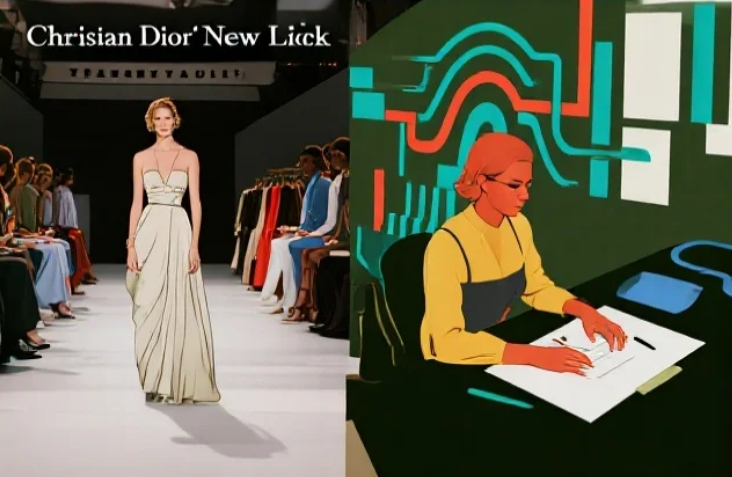 Once these cultural signals are identified, brands translate them into concrete fashion statements through carefully designed fashion shows. The four major fashion weeks are not only platforms for showcasing new products but also theaters for brands to tell stories and shape their aesthetics. Chanel's use of a rocket launch station or futuristic spacecraft as a backdrop within the Grand Palais in Paris wasn't simply for visual appeal; it was to enhance the emotional impact of its design concepts through immersive experiences. Every detail of the show—from the models' makeup and hairstyles to the music and lighting, from the silhouettes of the garments to the choice of fabrics—conveyed a unified aesthetic message. While many designs seen on the runway may never reach mass production, their core elements (such as specific color combinations, cuts, or material choices) become the "genes" of subsequent products, simplified and refined before reaching the mass market. This process of transforming concepts into products demonstrates a brand's ability to embody abstract cultural trends.
Once these cultural signals are identified, brands translate them into concrete fashion statements through carefully designed fashion shows. The four major fashion weeks are not only platforms for showcasing new products but also theaters for brands to tell stories and shape their aesthetics. Chanel's use of a rocket launch station or futuristic spacecraft as a backdrop within the Grand Palais in Paris wasn't simply for visual appeal; it was to enhance the emotional impact of its design concepts through immersive experiences. Every detail of the show—from the models' makeup and hairstyles to the music and lighting, from the silhouettes of the garments to the choice of fabrics—conveyed a unified aesthetic message. While many designs seen on the runway may never reach mass production, their core elements (such as specific color combinations, cuts, or material choices) become the "genes" of subsequent products, simplified and refined before reaching the mass market. This process of transforming concepts into products demonstrates a brand's ability to embody abstract cultural trends.
Collaborations are another key tool for contemporary brands to define trends. When Louis Vuitton collaborates with streetwear brand Supreme, it's more than just a union of two logos; it's a collision and fusion of two cultural symbols. The reason these cross-border collaborations are so explosive is that they simultaneously resonate with multiple consumer groups: luxury enthusiasts see a reimagined take on classic elements, streetwear followers feel a sense of mainstream approval, and collectors who crave scarcity are drawn to the limited-edition release. Behind the success of these collaborations lies the brand's precise understanding of consumer psychology: people buy not just a product but a sense of identity and cultural belonging. Data shows that these collaborations typically generate three to five times more buzz on social media than regular new releases, further amplifying the collaborative collection's ability to define trends.
The rise of social media has radically changed the way fashion is communicated. Traditionally, trends took months to travel from fashion week to fashion magazines and then to consumers. Now, a runway look can spread globally via Instagram, TikTok, or Xiaohongshu within hours of a show. This immediacy has brought about two significant changes: First, the influence of key opinion leaders (KOLs) has skyrocketed. Celebrities like BLACKPINK's Jennie's everyday outfits can directly cause global stock-outs of specific items. Second, ordinary consumers are participating in the definition of trends through content creation. Trends like "Cottagecore" and "Dark Academia" that have gone viral on TikTok originated from the creative content of ordinary users. Brands monitor these social media platforms in real time and quickly adjust their product strategies. Fast fashion brands like Zara can even transform a trending social media influence into physical merchandise within two weeks.
However, this accelerated fashion cycle has also created profound contradictions. On the one hand, fashion has become more democratized, allowing anyone to influence global trends with a single viral video. On the other hand, the excessive pursuit of speed has led to serious environmental problems and resource waste. It's estimated that of the 100 billion pieces of clothing produced globally each year, nearly 30% are never sold and ultimately become waste. This unsustainable model is prompting some pioneering brands to rethink their definitions of fashion. Designers like Stella McCartney are championing "slow fashion," extending the lifecycle of clothing by using environmentally friendly materials and designing timeless styles. Emerging digital fashion is attempting to satisfy people's desire for novelty in the metaverse and reduce the consumption of physical clothing.
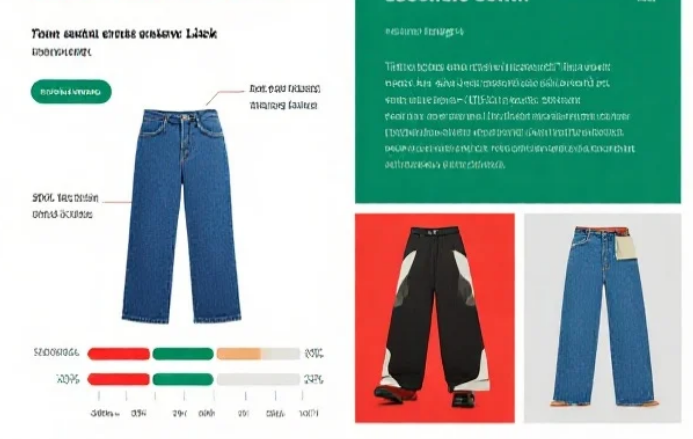 A deeper look at the mechanisms by which fashion trends are generated reveals that they are essentially a carefully orchestrated process of "resonance creation." Brands capture latent demand through data, package products with cultural narratives, leverage celebrities and influencers to transfer trust, and finally achieve scaled penetration through supply chains and social platforms. In this process, consumers are both recipients of trends and feed back into the system through their purchasing behavior and content creation. While the power of fashion discourse will become more decentralized in the future, brands' core role as resource integrators and narrative builders will remain unchanged. Understanding this logic allows us to enjoy the creativity and joy of fashion while maintaining necessary clarity and judgment in this age of information overload.
A deeper look at the mechanisms by which fashion trends are generated reveals that they are essentially a carefully orchestrated process of "resonance creation." Brands capture latent demand through data, package products with cultural narratives, leverage celebrities and influencers to transfer trust, and finally achieve scaled penetration through supply chains and social platforms. In this process, consumers are both recipients of trends and feed back into the system through their purchasing behavior and content creation. While the power of fashion discourse will become more decentralized in the future, brands' core role as resource integrators and narrative builders will remain unchanged. Understanding this logic allows us to enjoy the creativity and joy of fashion while maintaining necessary clarity and judgment in this age of information overload.
